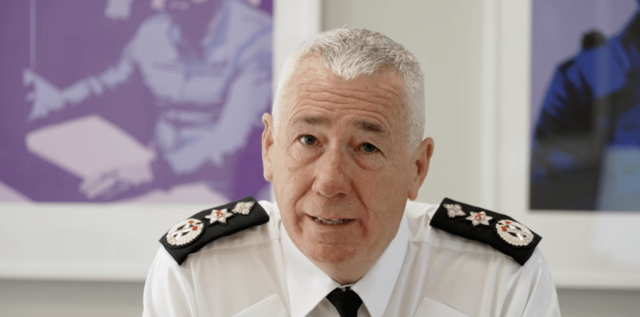AND just like that the Andersonstown News is 50! There is so much to say and record and appreciate with a big birthday like that, and no doubt the reflections will keep on coming. But in a week when we all sweltered in the sun and struggled to sleep a full night in the heat, there is one element of the Andersonstown News where it was always ahead of its time.
The Dúlra column and wider pieces regarding the environment and valuing the space we live in has always marked our community newspaper apart. I got to know about the value of the Belfast Hills, the need to preserve them from industrialisation, militarisation and other threatening -ations, from this newspaper.
Heroes like the late Terry Enright Snr and Aidan Crean have used these pages to tell of the beauty that surrounds us, and of the various threats to habitats. Full new habitats have been created directly as a result of the hard graft of agencies like the Colin Glen Trust and those people who had a vision for our Bog Meadows.
This year, more than at any other time we should be offering thanks and reflecting on “more”.
DÚLRA: A very busy week in our local gardens https://t.co/cb06opUl0o
— Andersonstown News (@ATownNews) August 10, 2022
Sometimes, oftentimes, the climate emergency can feel too overwhelming, and we feel that small actions in our own spaces cannot possibly save the planet from the unfolding catastrophe. But that serves the big industries that like to feed us those myths.
Over the past few weeks just one example of change, or resistance to change, was incredibly striking. Artificial grass has become a thing. No mowing, looks green, and there is no mud. I get it. But look at the temperatures for your little space.
In the high temperatures of the past month in England artificial grass in the shade reached 34 degrees, while grass, the real green stuff, was 27 degrees. In the sun the plastic stuff, including 4g/5g pitches, reached 62 degrees while grass reached a maximum of 38 degrees. We did not touch 40 degrees last month, but we will, soon, and it will be trees and grass that will be making the big differences.
Some of us are lucky to have small outdoor spaces around our homes. If we can plant a hedge instead of having a fence, we will support the lowering of temperatures and the survival of nesting birds, hedgehogs, and all kinds of insect life that they feed on. If we can plant some refuge for pollinators, and let them be over the winter, bees might get through another year.
We don’t have to have pristine lawns either, those dandelions and daisies and even nettles are like an ICU for the little tiny creatures to whom we owe so much and care so little.
I had a lovely big bush of chrysanthemums last year and when they died off I went to throw it into the brown bin but – lo and behold – inside the brush was a whole nest of ladybirds waiting for the weather to heat up. What a privilege that they chose my untidy path.
What the Andersonstown News has done in its pages is teach us that big industries and policy makers can be turned by small changes and people power. That type of grounded, connected support is needed as we face the climate emergency.
And a few more plants.








